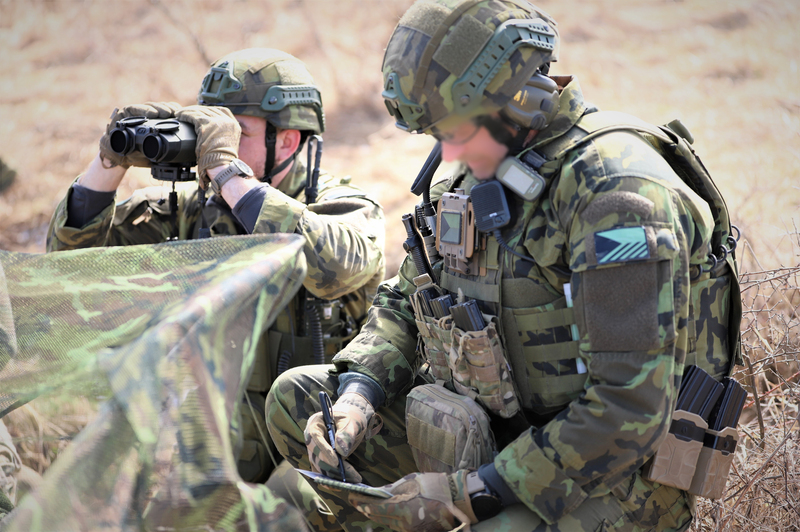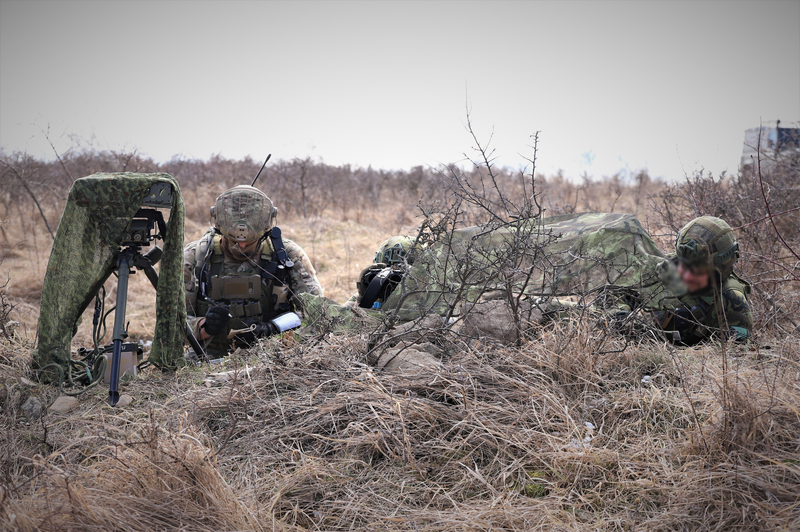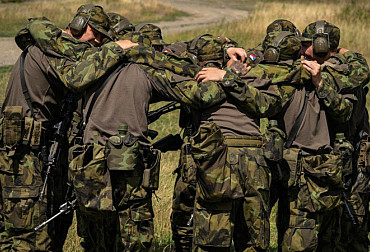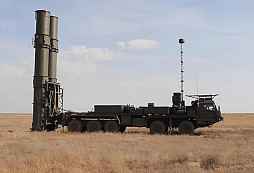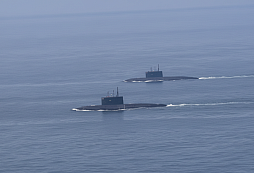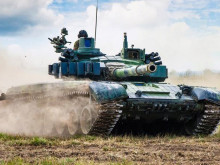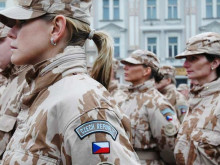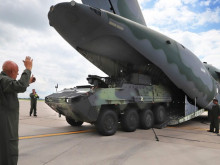Air Controllers – "Thunder Lords" – help guard NATO borders in Slovakia
They link land and air, coordinate air assets or direct fire on a target. JTACs (Joint Terminal Attack Controllers) are an integral part of the Multinational Battle Group Slovakia (MN BG SVK).
A total of five air controllers from three different countries are currently deployed to Leszto. As they follow NATO certified doctrines, the mutual cooperation between the different specialists of the alliance is all the easier. "All the nations that are part of the multinational group have signed these documents and we, as JTAC, have to follow them. It doesn't matter where you are or what country you are going to. The procedures are still the same," points out Slovenian air controller Staff Sergeant M.K.
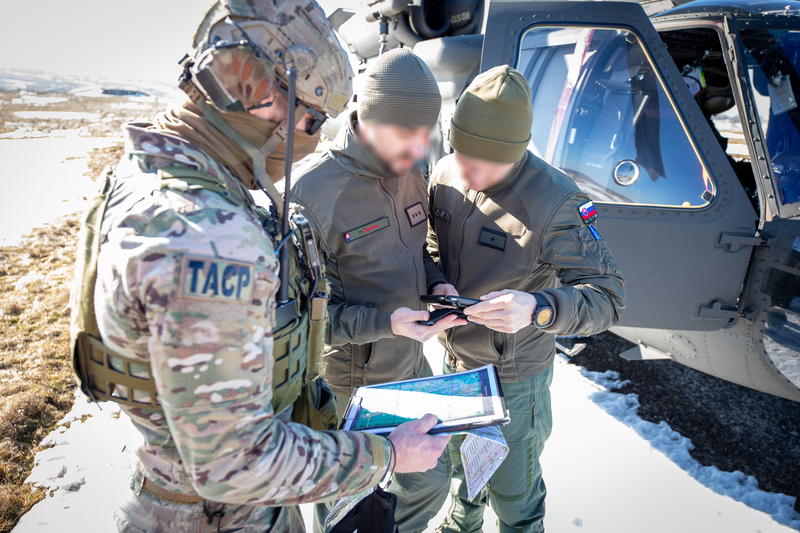 Picture: JTAC coordination with pilots | MN BG SVK
Picture: JTAC coordination with pilots | MN BG SVK
Dynamism, adrenaline, travelling, meeting new people, these are the advantages that Staff Sergeant M.K. appreciates about his job. "But there's also the other side of the coin, which is that you're not often at home. It's not easy to start a family and maintain some ties." According to him, there are not too many JTAC specialists in Europe, or the world in general. "We are a closed community in a way. Because international exercises are often repeated globally, as well as foreign operations, you run into the same faces all the time. That's really your family, too."
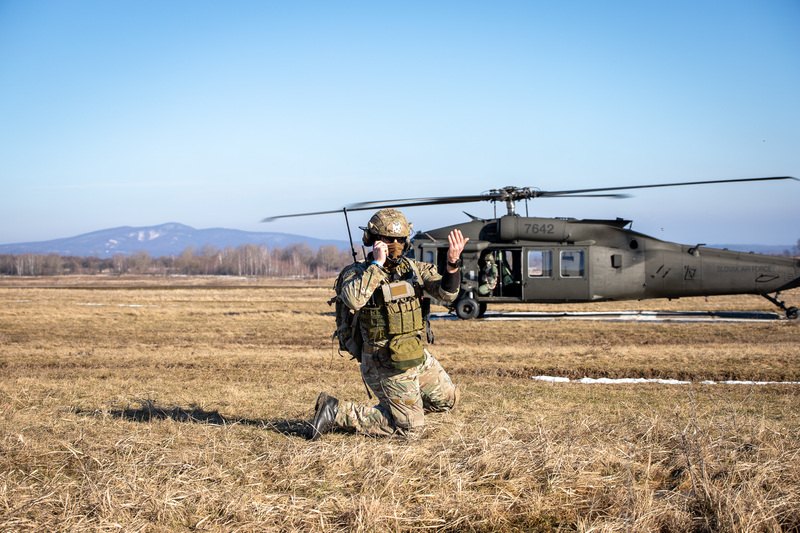 Picture: JTAC instruction to board the Black Hawk | MN BG SVK
Picture: JTAC instruction to board the Black Hawk | MN BG SVK
The primary job of JTAC military specialists is to guide aircraft to destroy targets designated by the unit commander. "The whole process consists of several steps. One of them is called a CAS Brief. The JTAC sends the pilot information about the target, which includes such things as the target's coordinates and description, or altitude. The next step is then correlation within the guidance, i.e. making sure that the observer and the pilot are targeting the same target," explained the basic principle of the work of the JTAC MN BG SVK Master Sergeant J.D.
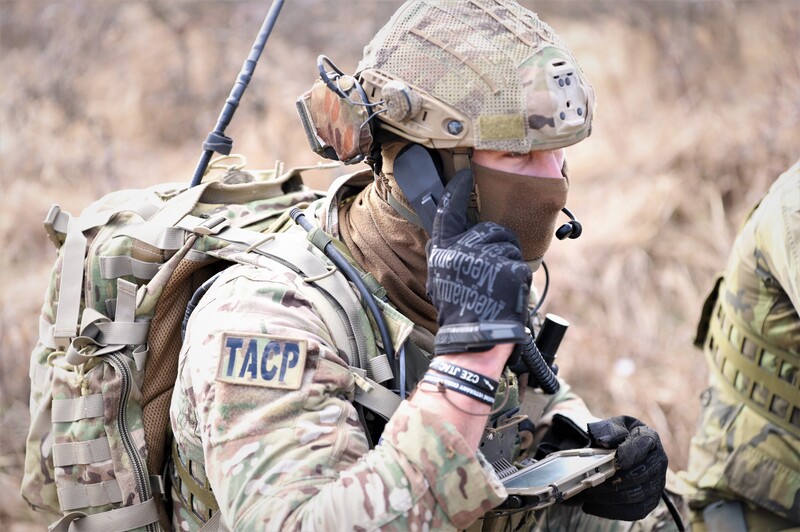
It is the mutual understanding between the JTAC and the aircrew that is very important. This is also why standardized communication protocols are used. "We communicate in English and use abbreviations that are established in the NATO system. They are called BREVITY or code designations. They serve to shorten and simplify communication," says Master Sergeant J.D.
Without communication, there is no command, says an old military saying. For air controllers, the primary means of communication is radio, which is used to communicate with the supported commander, aircraft, helicopters, unmanned aerial vehicles and indirect fire support elements. "It is always good to have a primary and backup option. I use a small radio that has a range of up to 10 km. Then I have a large one with a range of up to 15 km in case the small radio fails suddenly. For longer distance, we also have amplifiers that can reach up to 30 km. We also have a satellite connection, which further increases the range," says Czech JTAC Warrant Officer J.F., who adds that during the recent international exercise Slovak Shield, in addition to radios, for the very first time they also used data transmission, i.e., mutual communication was conducted in a classified mode.
In addition to determining the exact location, one of the possible modes is also guidance using, for example, a laser marker in combination with laser-guided munitions. "It has the advantage that if you set up the sight correctly you get a very precise effect. The ammunition has a seeker on it, called a seaker, which picks up the reflected beams and then uses them to accurately find the target," recounted the advantages of using a laser sight, while also pointing out the downside of a specialised device, which is the weather. If there is low cloud cover, the laser designator cannot be used and the GPS-guided ammunition is switched to the laser designator if it is available.
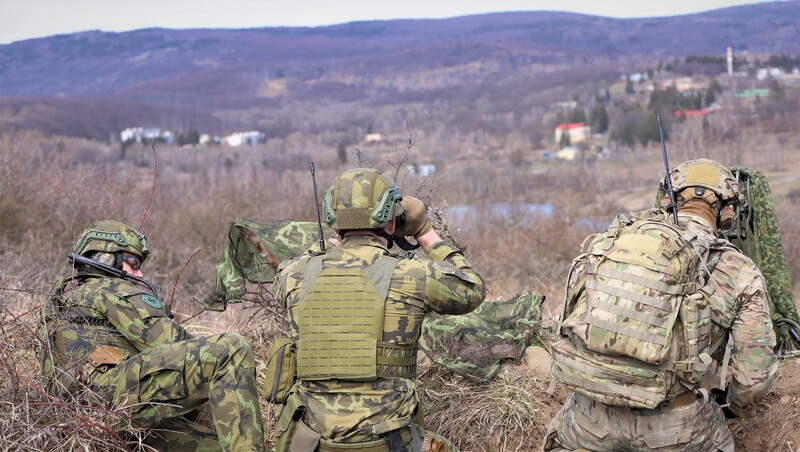
The Joint Fires Observer (JFO), who is directly in the ground company's lineup, assists the airmen with target refinement. He is able to identify enemy targets, provide terrain information, and coordinate attacks to minimize risk to civilians and limit damage to property. "The ground unit commander selects an object where, for example, an enemy ammunition depot is located. The JFO must then guide the pilot to that location and verify that they have the same building in their sights. This is aided by additional refining information in the form of, for example, distinctive landmarks in the landscape; the colour or shape of the object, etc.," says Master Sergeant L.K. – FCC (Fires Coordination Center) specialist within MN BG SVK.
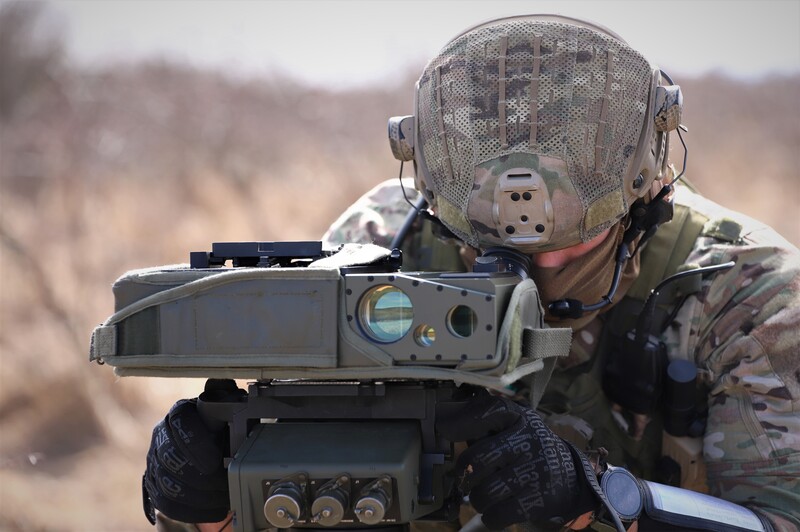
In addition to the above, JFOs are also tasked with guiding artillery fire. L.K. sees the biggest difference in guiding aircraft and fire as experience and speed, "Artillery is our primary job, so it's not that hard for us anymore. There's more room to send a target brief. But when we're working with a pilot, it's much faster and there's not much room to think. The aircraft can't stay too long in a given area, it needs to get the information as quickly as possible so it can hit the target and fly away."
%20pro%20JTACa.JPG)
A total of six highly qualified JFOs from 3 different countries are deployed to Leszto as part of the 2nd MN BG SVK Rotation. Together with their flight instructors, they have trained e.g. in guiding contracted civilian aircraft from Germany such as PC 12 or Learjets, which are piloted by former pilots from the German Air Force.
